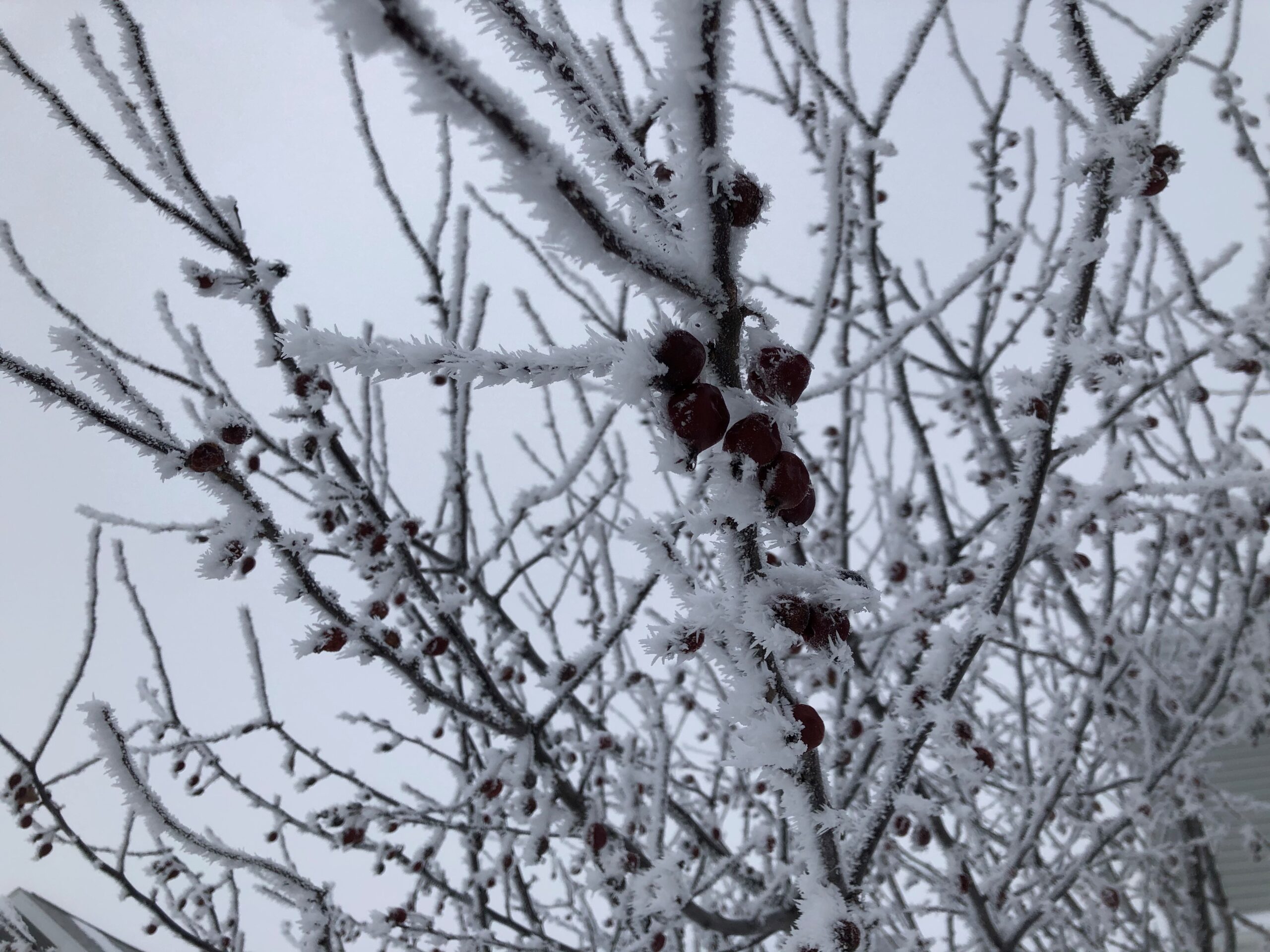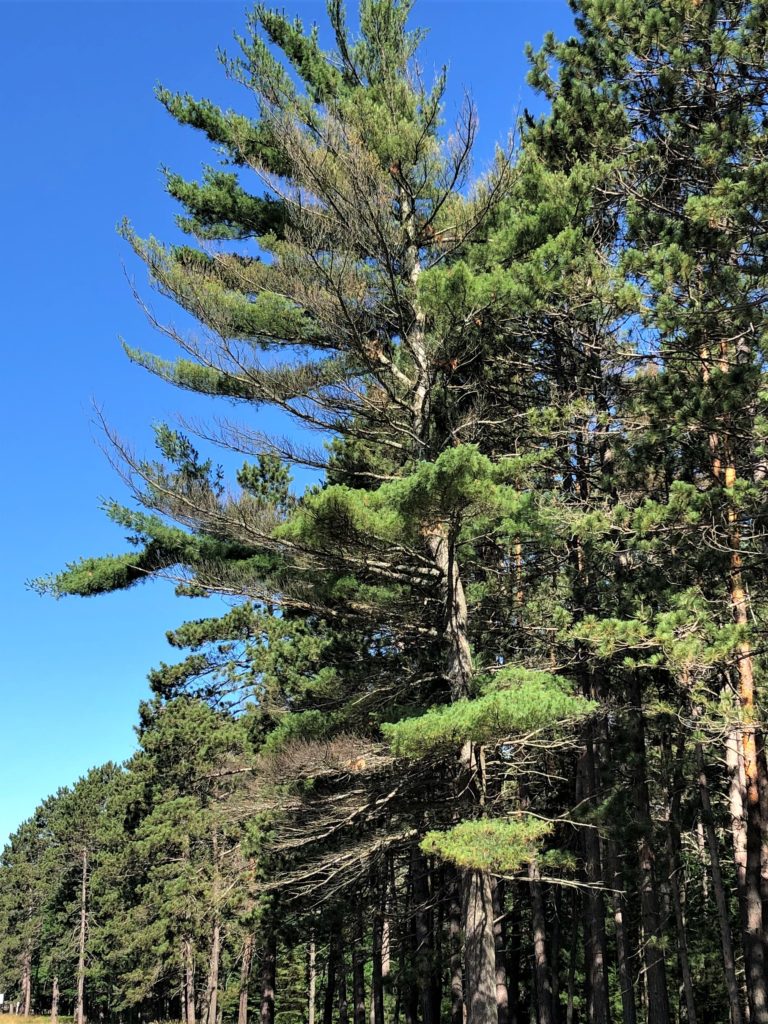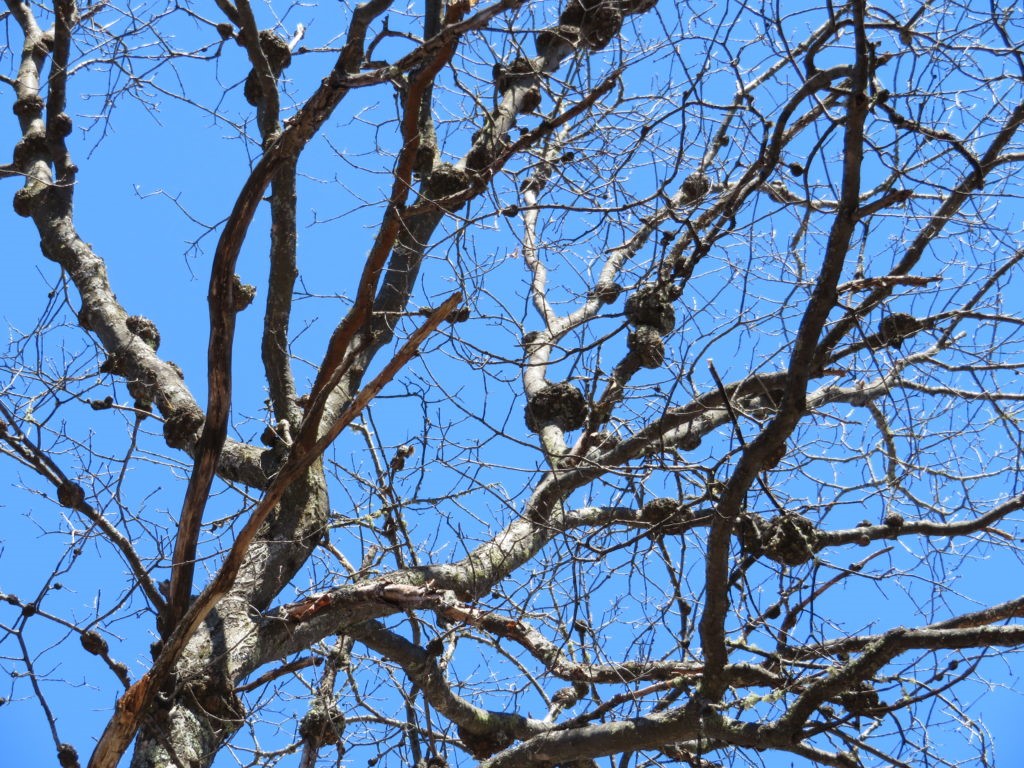Linda Williams, DNR Forest Health Specialist, Woodruff, Linda.Williams@wisconsin.gov or 920-360-0665.
Pine bark adelgids are tiny insects that suck the sap of white pines. Once they insert their mouthparts into the tree, they won’t move any more during their lifetime, so for protection, they grow a white, woolly covering around themselves. A young, white pine plantation in Vilas County is suffering severely stunted needles from the 2020 growing season due to very high populations of pine bark adelgid.
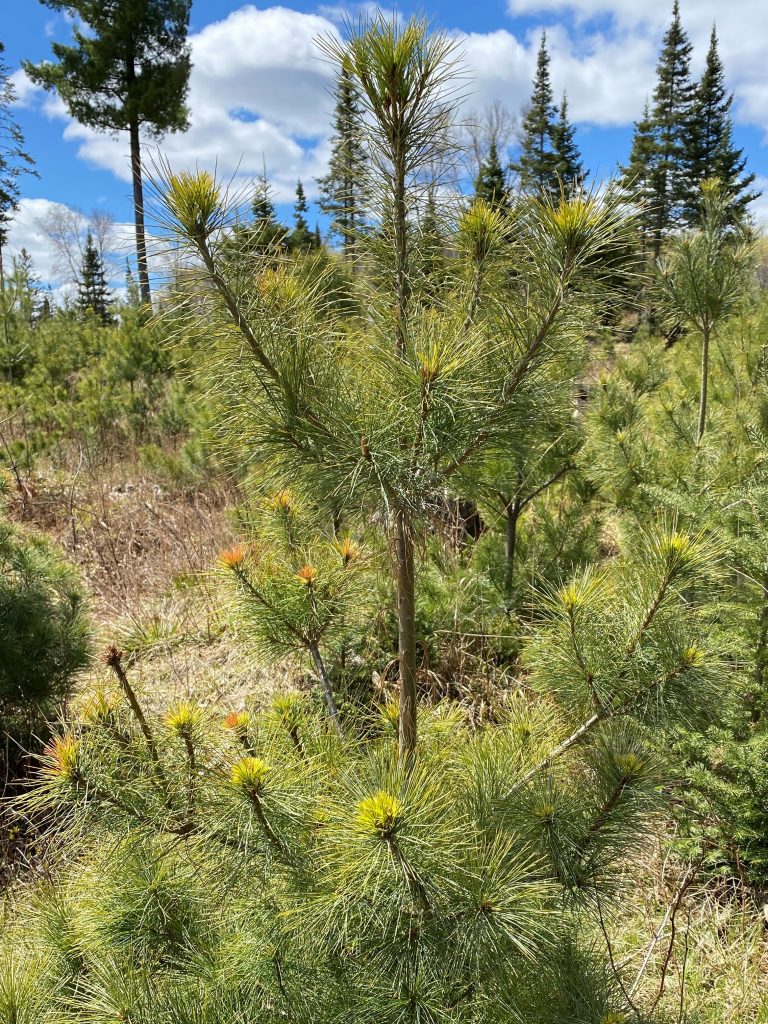
All branch tips on this white pine sapling have needles that were stunted by heavy populations of pine bark adelgid.

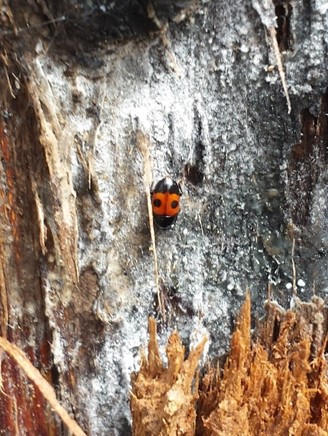
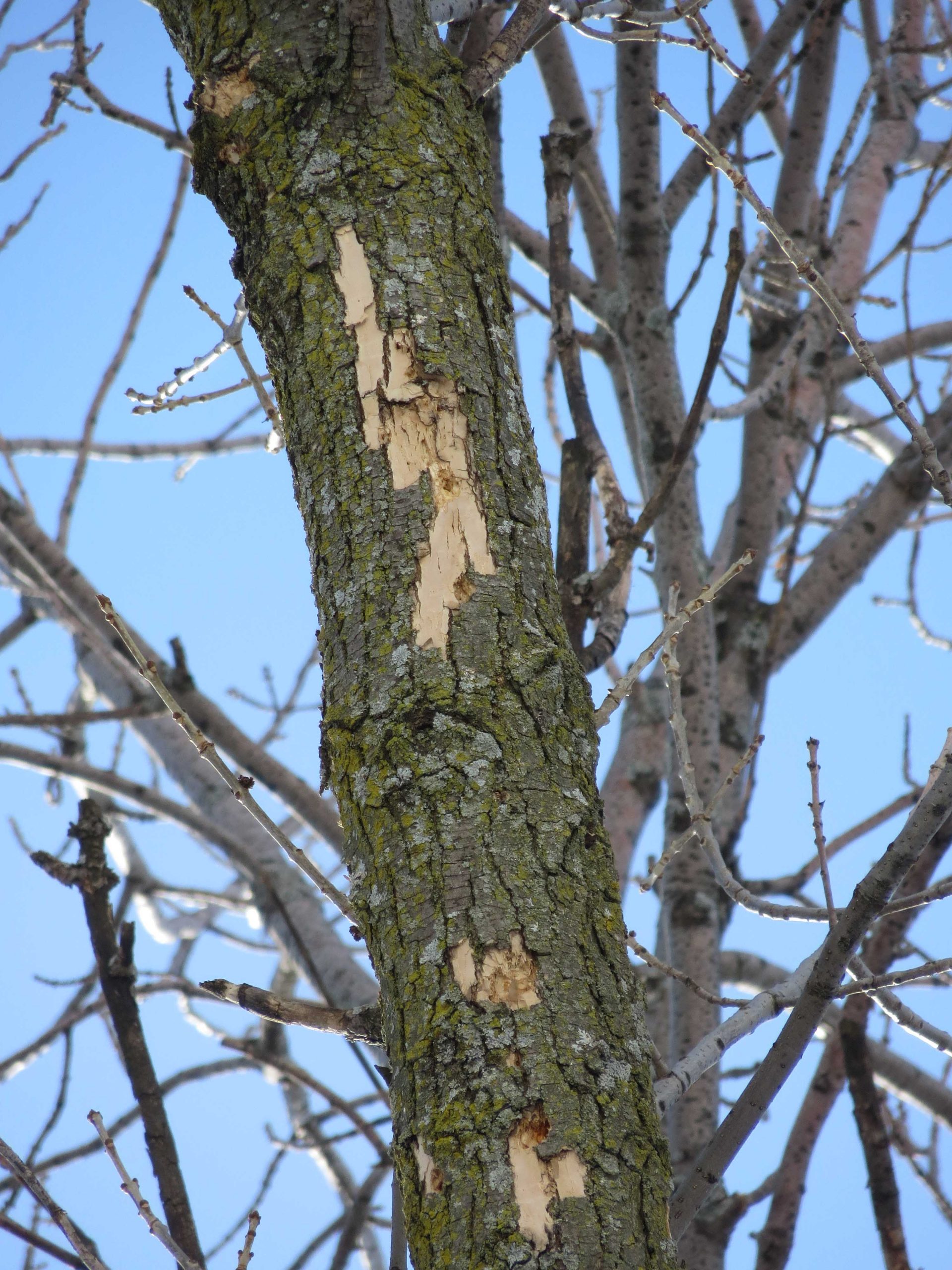
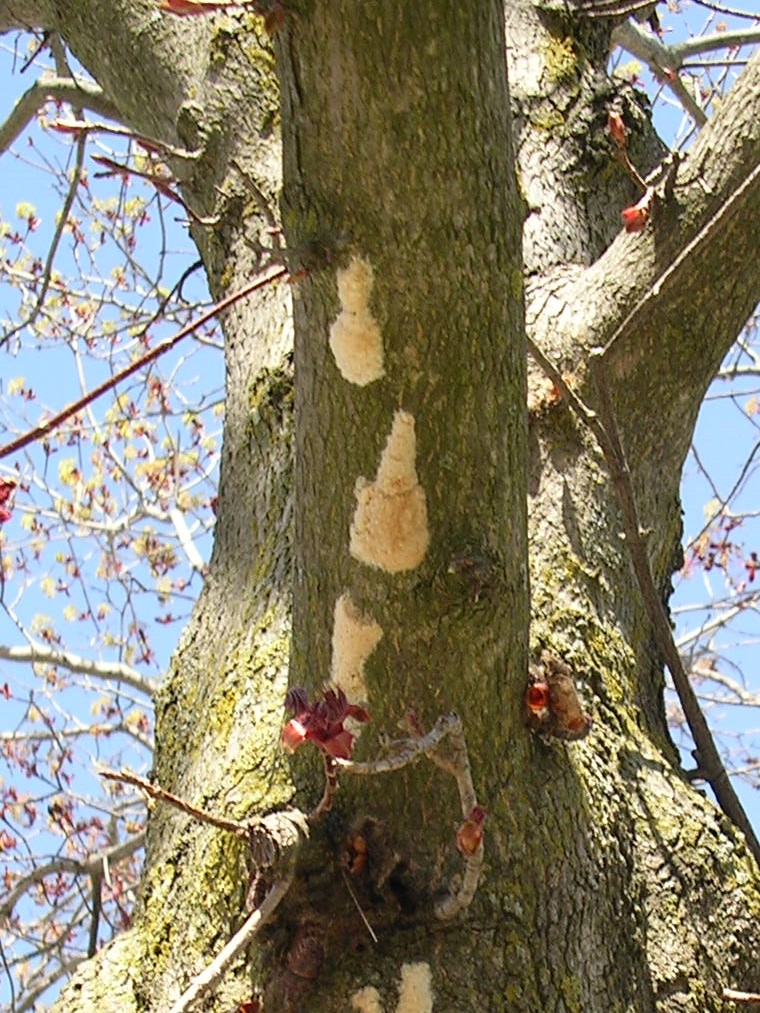
 The Wisconsin Department of Natural Resources’ Forest Health team recently completed the 2020 Forest Health Annual Report. The report summarizes impacts from pests, diseases and weather on the health of Wisconsin’s forests. Highlights from 2020 include:
The Wisconsin Department of Natural Resources’ Forest Health team recently completed the 2020 Forest Health Annual Report. The report summarizes impacts from pests, diseases and weather on the health of Wisconsin’s forests. Highlights from 2020 include: